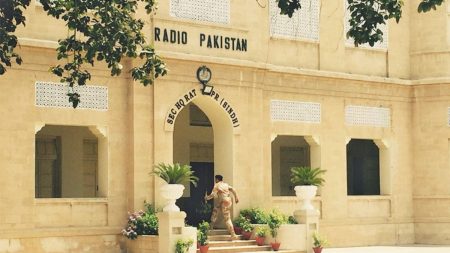Sindh has postponed the implementation of the new agricultural income tax rates of up to 45% for one year and restored the previous maximum rate of 15%.
Officials said the provincial government took this decision on the grounds that the new rates could not be legally enforced from January 1, 2025. As a result, the agricultural sector will continue to pay only a few billion rupees in taxes. In comparison, the salaried class paid Rs. 575 billion in income tax during the 2024–25 fiscal year alone.
Sindh Governor Kamran Tessori has issued the Sindh Agricultural Income Tax (Amendment) Ordinance 2025, suspending for one year the tax slabs agreed with the International Monetary Fund (IMF).
According to a senior official of the Sindh Revenue Board, the provincial government has taken this step following a similar move by Punjab, which issued a notification last month restoring its previous agricultural tax rates.
Under the new ordinance, from January 1, 2025 to June 30, 2025, the same tax slabs prescribed under the Sindh Agricultural Income Tax Ordinance 2000 will apply. This means agricultural income up to Rs. 1.2 million per year will remain tax-exempt, whereas the exemption limit for salaried individuals is only Rs. 600,000.
READ MORE: Pakistan’s Sapphire Fibres to Inject Additional $2.5 Million into U.S. Subsidiary
Further details show that income of Rs. 2.4 million will now be taxed at 5%, income up to Rs. 4.8 million at 10%, and income above Rs. 4.8 million at 15%. In comparison, the federal government levies 30%, 40%, and 45% respectively on the same slabs.
Sources also disclosed that through an additional amendment, the Sindh government has now acquired the authority to change tax rates at any time through a simple notification, without requiring fresh legislation.









